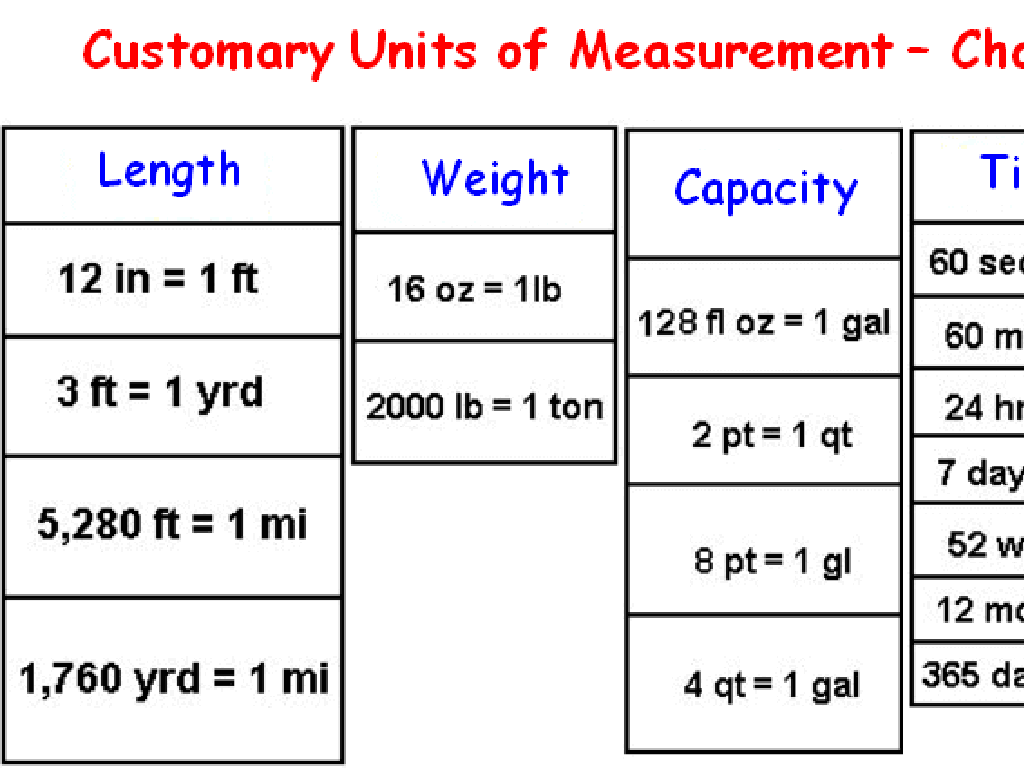Gastrointestinal System Physiology And Disease
Subject: Science
Grade: High school
Topic: Health & Medicine
Please LOG IN to download the presentation. Access is available to registered users only.
View More Content
Exploring the Gastrointestinal System
– Digestive system introduction
– The system responsible for food digestion and nutrient absorption.
– Gastrointestinal system overview
– Consists of organs like the mouth, esophagus, stomach, intestines.
– Food’s journey through the body
– Food undergoes digestion, nutrient absorption, and waste elimination.
– Ingestion to excretion process
– The complete process from eating to eliminating waste.
|
This slide introduces the gastrointestinal system, a complex series of organs responsible for digesting food, absorbing nutrients, and expelling waste. It’s important for students to understand the system’s role in overall health and how each organ contributes to the digestive process. The journey of food begins with ingestion in the mouth, followed by mechanical and chemical digestion as it moves through the esophagus to the stomach and intestines, and ends with excretion. Highlight the importance of each step in the process and how diseases can affect the system’s efficiency. Encourage students to think about how what they eat affects their digestive system.
Anatomy of the Gastrointestinal System
– Major components of the GI tract
– Mouth, esophagus, stomach, intestines, and accessory organs like liver and pancreas
– Function of each part in digestion
– Mouth starts digestion, stomach breaks down food, intestines absorb nutrients, liver and pancreas aid digestion
– Synergy in the digestive process
– Each organ’s activity is timed to ensure efficient breakdown and absorption of food
– Impact of diseases on digestion
|
This slide provides an overview of the gastrointestinal system’s structure and function. Students should understand the major components, including the mouth, esophagus, stomach, intestines, and accessory organs such as the liver and pancreas, and their specific roles in the digestion process. Emphasize how these parts work in concert to process food efficiently, from ingestion to nutrient absorption. Discuss how diseases can disrupt this system, leading to various health issues. Use examples like the role of saliva in the mouth to begin digestion, the stomach’s acids to further break down food, and the intestines’ role in nutrient absorption to illustrate the process.
Digestion and Absorption in the Gastrointestinal System
– Digestion: chemical and mechanical
– Breakdown of food involves both chemical reactions and physical movements.
– Nutrient absorption in the small intestine
– The small intestine’s lining absorbs nutrients into the bloodstream.
– Role of enzymes and hormones
– Enzymes catalyze breakdown of food; hormones regulate digestive processes.
– Significance of digestive physiology
|
This slide delves into the physiology of the gastrointestinal system, focusing on digestion and absorption. Digestion is a dual process: mechanical, which includes chewing and churning of food, and chemical, which involves enzymes breaking down complex molecules. The small intestine is where most nutrient absorption occurs, with its lining designed to maximize exposure to the digested food. Enzymes and hormones play crucial roles in digestion, with enzymes speeding up chemical reactions and hormones like gastrin, secretin, and cholecystokinin helping to regulate the digestive process. Understanding these concepts is vital for comprehending how our bodies utilize the food we consume and how various diseases can affect this system.
Common Gastrointestinal Diseases
– Understanding Acid Reflux/GERD
– Occurs when stomach acid flows back into the esophagus, causing discomfort.
– Inflammatory Bowel Disease overview
– Chronic conditions; Crohn’s affects any part, Colitis is limited to the colon.
– Exploring IBS and its effects
– IBS is a common disorder affecting the large intestine, leading to pain, bloating, and altered bowel habits.
– Differentiating Crohn’s and Colitis
– Crohn’s can affect any part of the GI tract, while Ulcerative Colitis is limited to the colon and rectum.
|
This slide aims to introduce students to common gastrointestinal diseases, focusing on their physiology and impact on health. Acid reflux, also known as GERD, is a condition where stomach acid frequently flows back into the esophagus. Inflammatory Bowel Disease (IBD) includes Crohn’s Disease and Ulcerative Colitis, both of which are chronic conditions that cause inflammation of the GI tract. IBS, or Irritable Bowel Syndrome, affects the large intestine and can significantly impact daily life. It’s important to differentiate between Crohn’s and Ulcerative Colitis, as their treatment and management can differ. Encourage students to think critically about the symptoms, causes, and potential treatments for these conditions.
Promoting Gastrointestinal Health
– Importance of diet in GI health
– Balanced diet with fiber aids digestion and prevents issues like constipation.
– Lifestyle’s effect on the GI system
– Stress and lack of exercise can negatively impact GI function.
– Preventative strategies for GI diseases
– Regular screenings and avoiding harmful substances can reduce disease risk.
– Adopting healthy GI practices
|
This slide emphasizes the significance of diet and lifestyle in maintaining a healthy gastrointestinal (GI) system. A balanced diet rich in fiber is crucial for proper digestion and can prevent common GI problems. Students should understand how lifestyle choices, including stress management and regular physical activity, can influence GI health. Discuss the importance of preventative measures such as regular health screenings and avoiding smoking and excessive alcohol consumption. Encourage students to think about their daily habits and how they can adopt practices that support their GI health.
Class Activity: GI Diseases Case Studies
– Analyze GI disease case studies
– Identify symptoms and causes
– Symptoms like stomach pain, causes like diet or infection
– Discuss treatment options
– Could include medication, diet changes, or surgery
– Explore prevention and management
– Lifestyle choices, hygiene, regular check-ups
|
This class activity involves students working in groups to analyze provided case studies of gastrointestinal diseases. Each group will examine the details of their case, identifying key symptoms and discussing possible causes such as dietary habits, infections, or genetic factors. They will then propose potential treatment options, ranging from pharmaceutical interventions to lifestyle changes. Finally, the groups will engage in a discussion about prevention and management strategies for GI diseases, emphasizing the importance of healthy lifestyle choices, proper hygiene, and the role of regular medical check-ups in disease prevention. The teacher should facilitate the discussion, ensuring that each group considers a variety of factors and treatment modalities. Possible activities include role-playing doctor-patient consultations, creating informational brochures, or presenting their findings to the class.
Gastrointestinal System: Recap & Q&A
– Recap GI system functions
– Digestion, absorption, excretion
– Understanding GI diseases
– Early detection can prevent complications
– Importance of GI health
– Maintaining GI health is vital for overall well-being
– Open floor for questions
|
This slide aims to summarize the key points covered in the presentation about the gastrointestinal system’s physiology and its diseases. Start by recapping the primary functions of the GI system, including digestion, absorption of nutrients, and excretion. Emphasize the importance of recognizing symptoms of GI diseases early to prevent further health complications. Highlight how maintaining a healthy GI system is crucial for the body’s overall function and well-being. Finally, encourage students to ask questions or seek clarifications on any aspect of the topic they might not have fully understood. This interactive session will help ensure that students have a solid understanding of the material.






